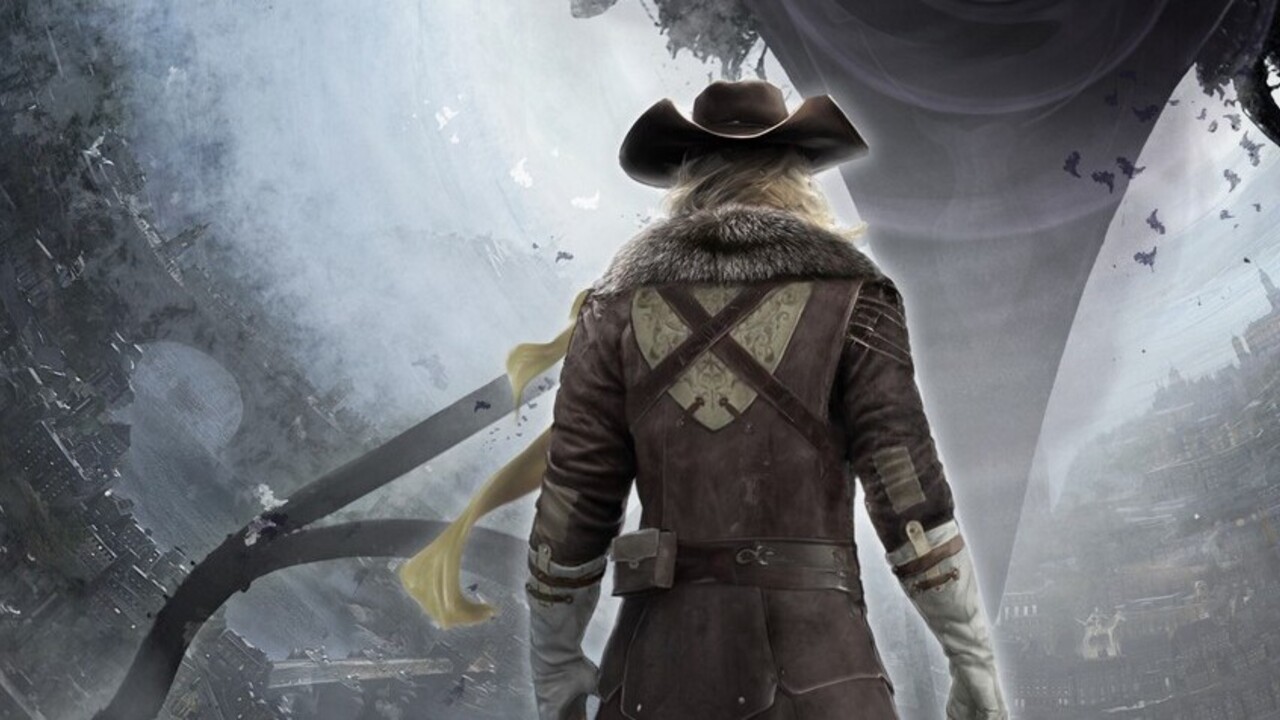[ad_1]
Dungeons & Dragons is a recreation the place we acquire numerous concepts from folklore and our favourite works of style fiction, then smash them collectively like dodgem automobiles. We put characters primarily based on Conan, Aragorn, Van Helsing, and Physician Unusual alongside one another to struggle horror film zombies and fairytale ogres, like grasping children enjoying with all our greatest toys without delay.
Generally the origins of the weird folks you may meet in D&D are apparent. “They’re like hobbits, however not a lot like hobbits that we get sued,” as an illustration. That is not all the time the case, although, particularly within the case of the creatures Baldur’s Gate 3 places on the middle of its plot, like thoughts flayers and githyanki. Who comes up with all these things? Properly, sit down, cease fidgeting with the cube, and I am going to inform you.
Beholder
The concept of a floating bundle of eyeballs, every of which is able to casting a special spell, got here from Terry Kuntz. He was a young person on the time, which maybe explains it. After enjoying in one of many first video games run by D&D’s co-creator Gary Gygax, Kuntz was impressed to go away and write a brief story about an eyeball monster who lived on a mountain, which he shared with each Gygax and his recreation designer brother, Rob. That story’s sadly been misplaced based on Rob, however the beholder stays a D&D mainstay to this present day.
Bulette
The burrowing landshark was one among a number of D&D monsters primarily based on a set of prehistoric animal toys that had been extensively out there within the Seventies and conveniently sized to be used as tabletop miniatures. As artist Tony DiTerlizzi has documented, Gygax primarily based beasts just like the rust monster and carrion crawler on these toys, whereas Dragon Journal editor Tim Kask turned one other one into the bulette—with further inspiration from a Saturday Night time Reside sketch.
As for why such weird-looking monsters had been bundled with a set of semi-authentic dinosaurs, they’d initially been manufactured in Hong Kong as knock-offs of kaiju from the Japanese TV present Ultraman. The creature that grew to become the bulette was most likely primarily based on Ultraman foe Telesdon, who is definitely extra of an earthworm that walks than a shark that swims by way of the filth.
Cambion
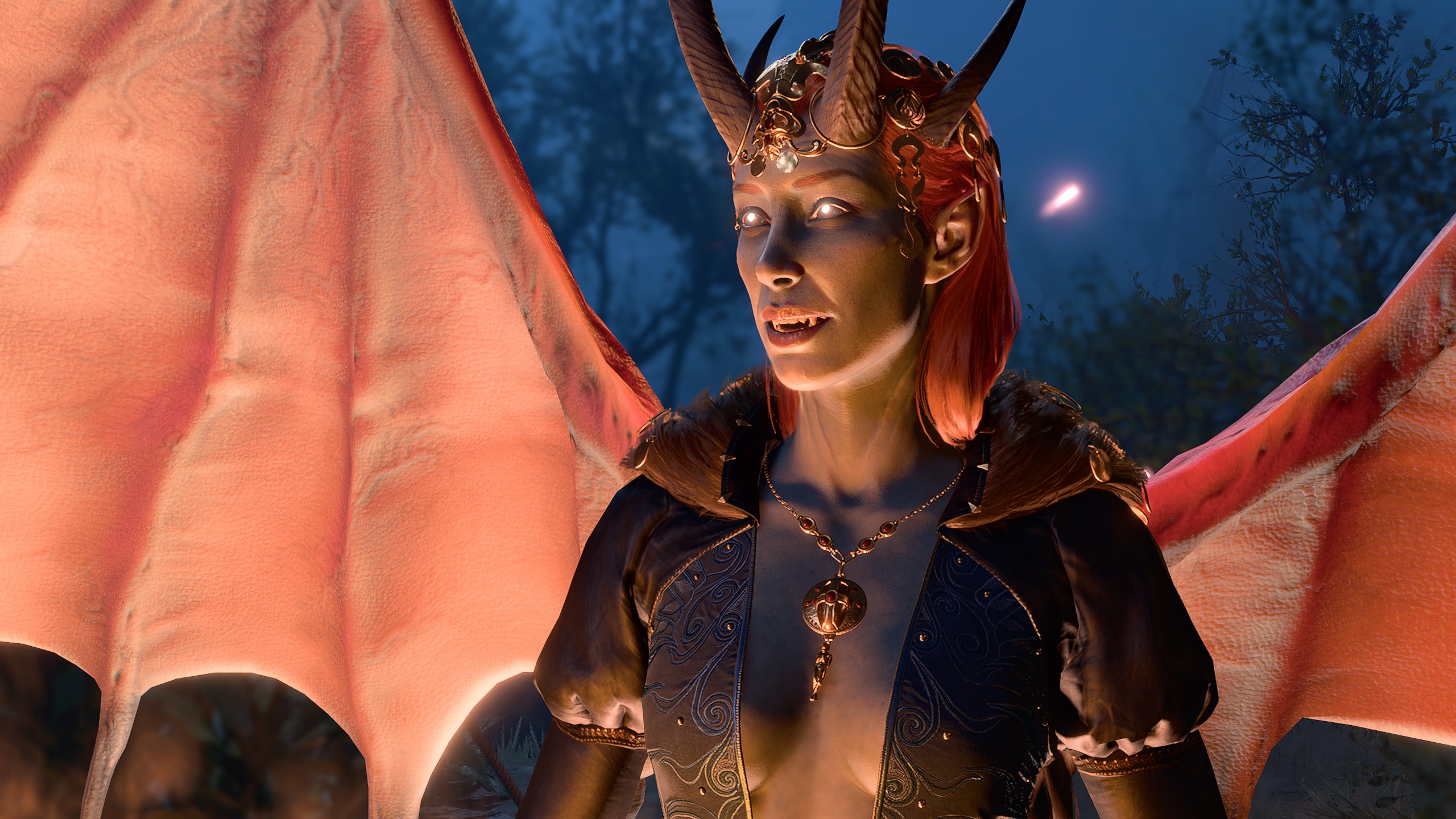
Plenty of the devils in Baldur’s Gate 3 aren’t truly full devils. Mizora, in addition to Commander Zhalk and the infernal troopers encountered on the nautiloid, are cambions—half-humans who come to D&D through demonology texts just like the Dictionnaire Infernal. Normally described because the product of unions between mortals and succubi or incubi, well-known cambions embrace Caliban from The Tempest, the wizard Merlin in some variations of Arthurian fable, and Hellboy.
Displacer Beast
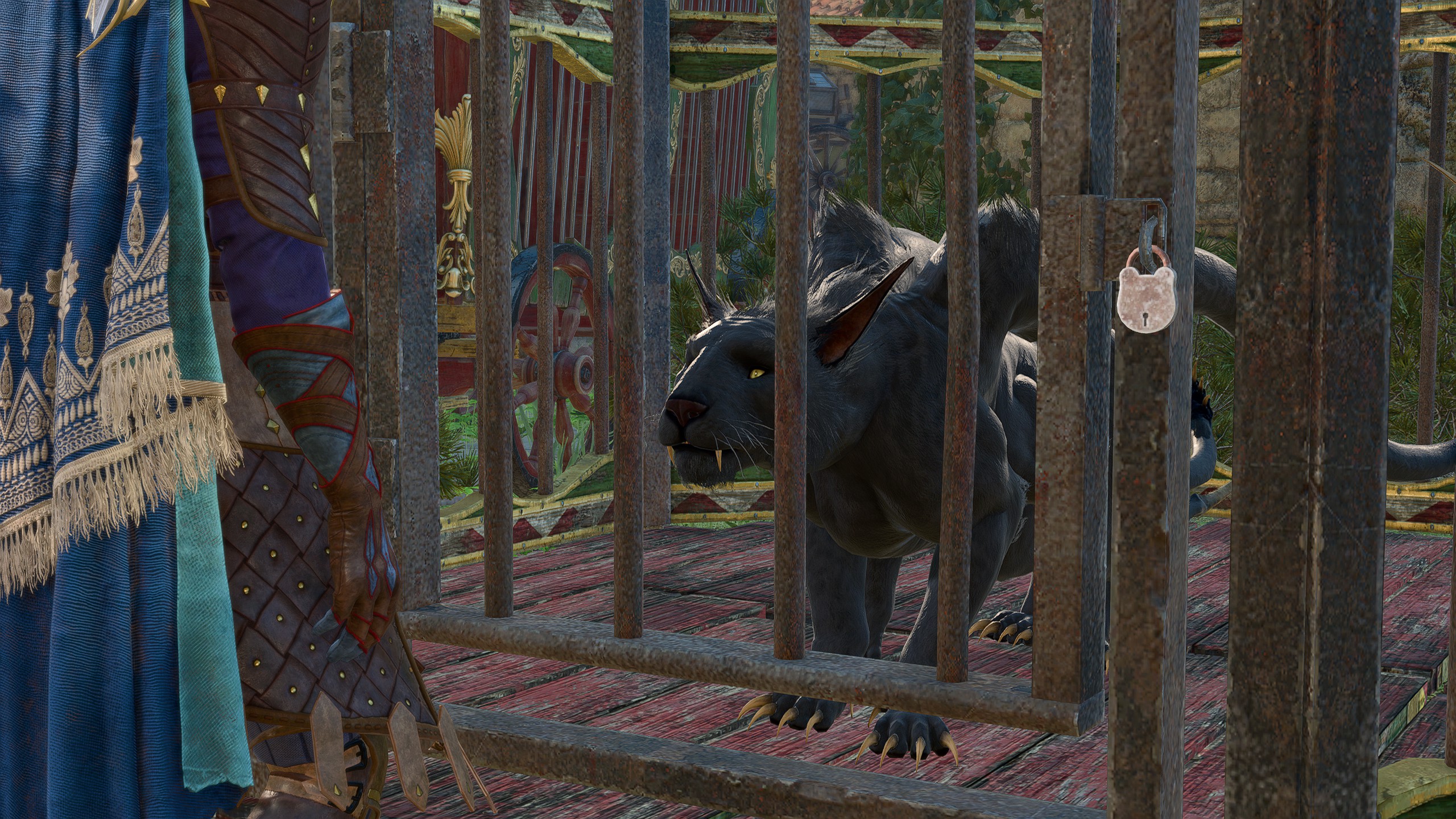
Gygax admitted the thought for this tentacle panther got here instantly from a science-fiction ebook by A. E. Van Vogt, saying, “the Displacer beasts I ripped off from the novel, Voyage of the Spaceship Beagle”. Van Vogt initially created the creature, which was known as the Coeurl, for a brief story the place it is described as wanting, “like a distorted etching of a black tiger resting on a black rock in a shadow world.”
Drow
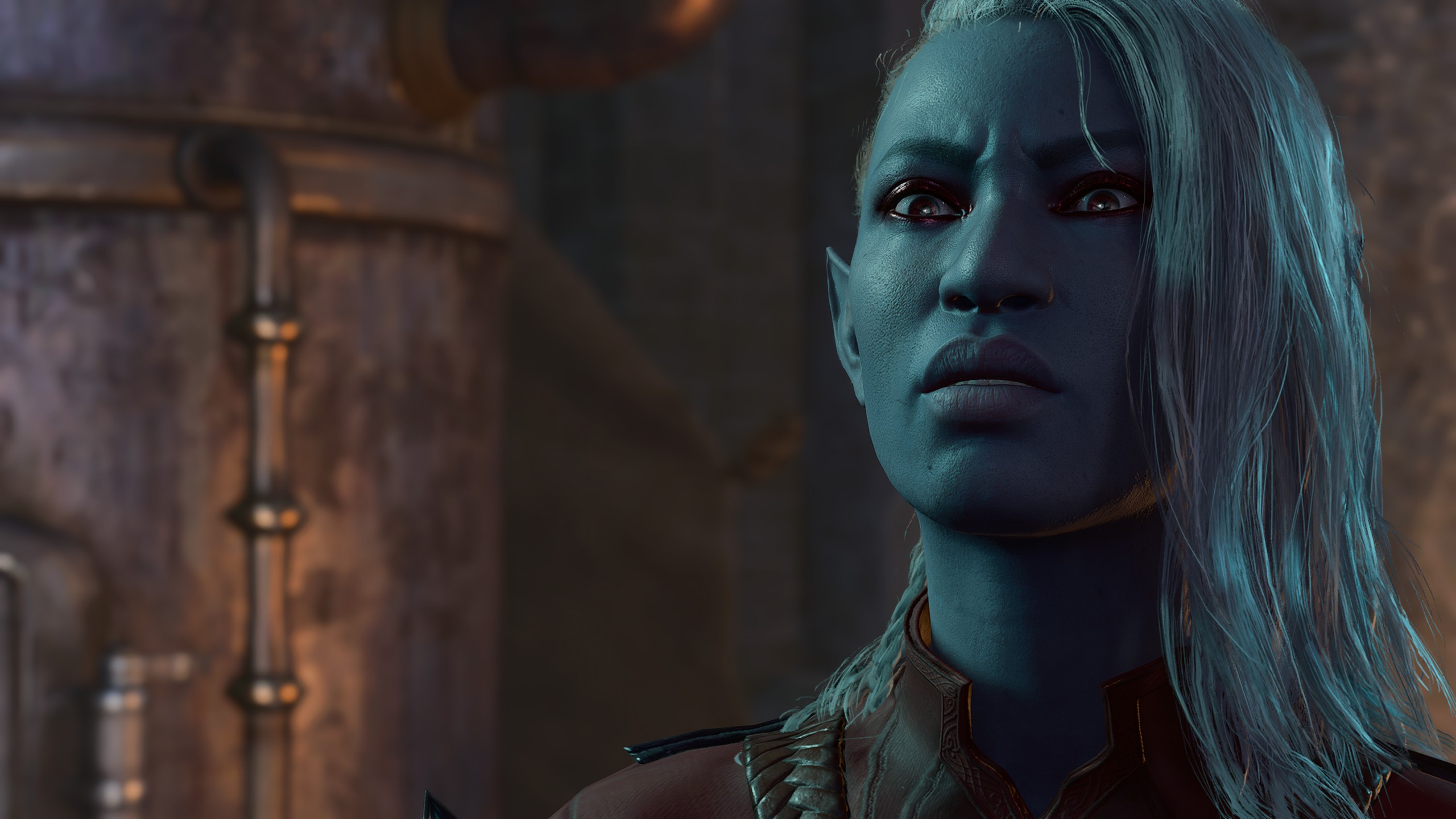
Within the folklore of the Orkney and Shetland Islands, the phrase drow or trow (pronounced to rhyme with develop and cognate with the phrase troll) refers to a sort of fairy. Although typically mentioned to stay underneath hills, they don’t seem to be very similar to D&D’s drow (pronounced to rhyme with cow). These owe extra to Norse mythology’s underground-dwelling darkish elves, the Dökkálfar and Svartálfar talked about within the Icelandic sagas of the Prose Edda. That mentioned, D&D’s drow are simply as a lot an authentic creation—their connection to a dominatrix spider queen who typically curses them to turn into half-arachnid driders is all authentic to the roleplaying recreation.
Duergar
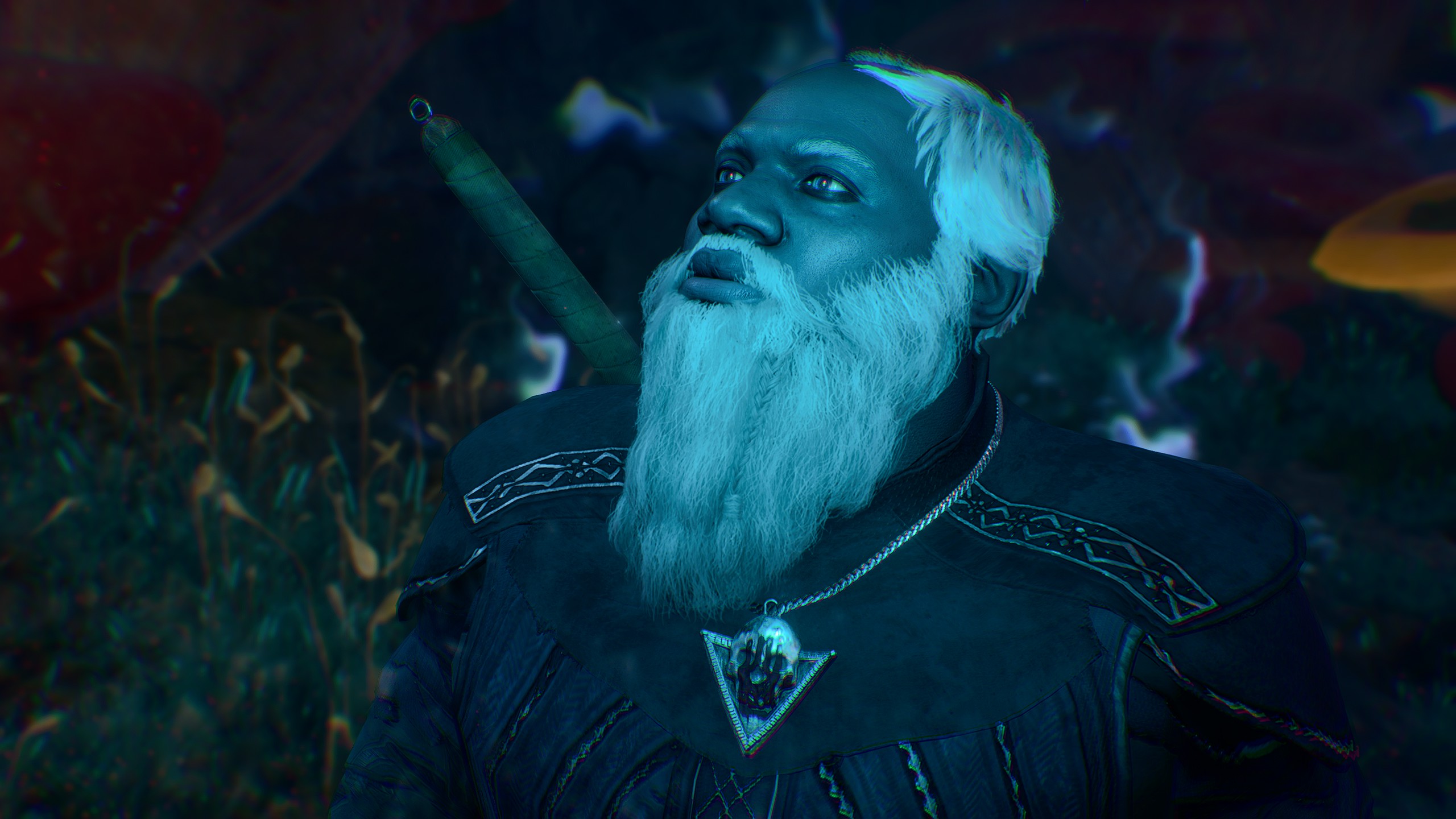
D&D’s duergar had been created by decreasing a bucket deep into the identical mythic properly that impressed Center-earth’s dwarfs, taking components that Tolkien not noted—like their capacity to show invisible, as they do within the German saga of The Nibelungenlied because of a magic cloak. The identify duergar comes from Outdated Norse, the place dwarves had been known as dvergr, which grew to become duergar in Danish. When the Danish conquered Northumberland they introduced their tales of duergar with them, inspiring the tales of the Simonside Dwarfs, nasty folks who lived in hills and led vacationers astray.
Elemental
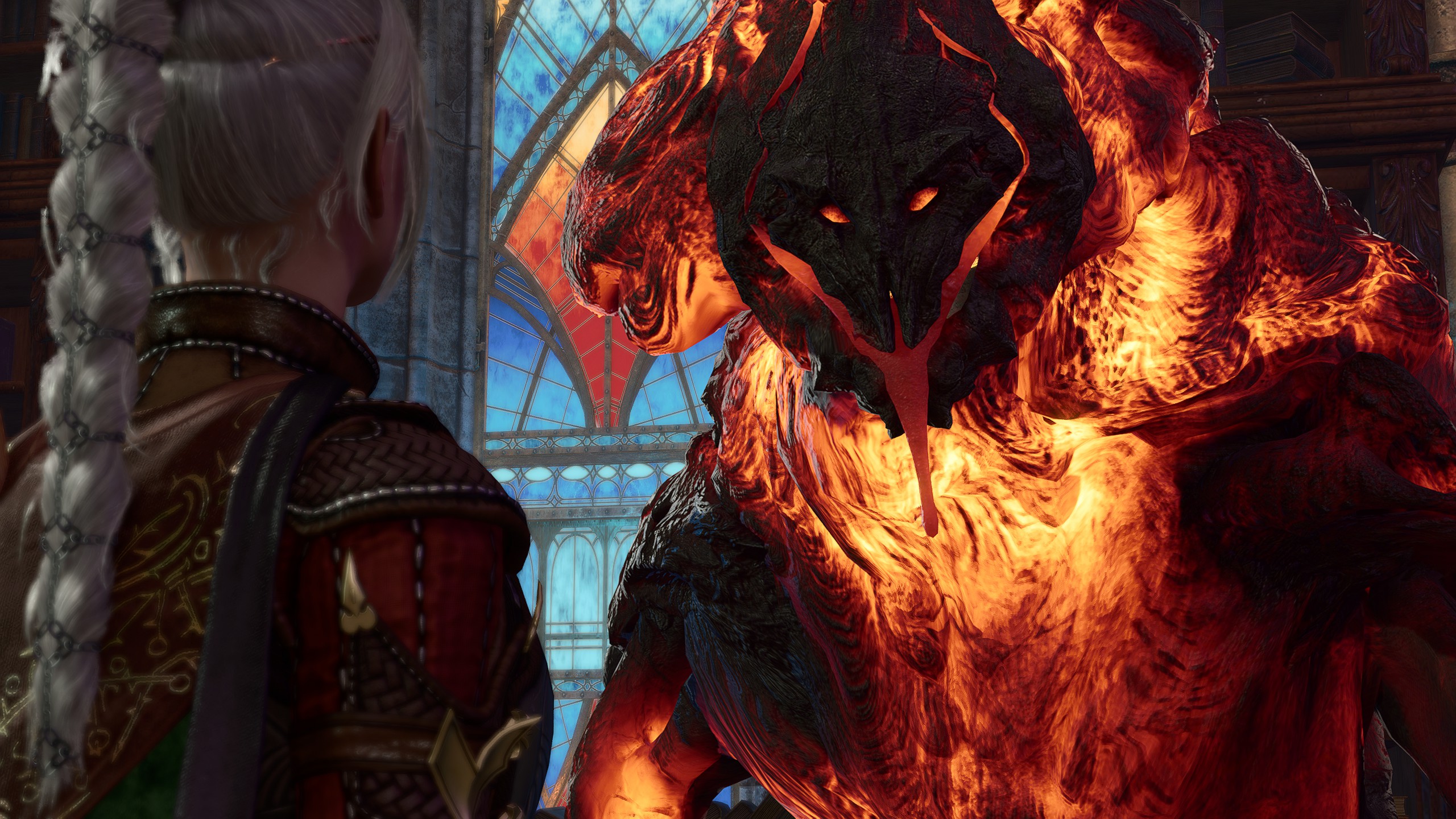
The sixteenth century alchemist Paracelsus was answerable for the concept that the 4 classical components every corresponded to an elemental being, which he known as salamanders (hearth), sylphs (air), undines (water), and gnomes (earth). Clearly D&D’s gnomes do not have a lot to do with earth elementals, owing extra to a gnome-shaped doorstop that scared Gary Gygax as a boy.
The concept of elementals as vaguely humanoid creatures composed of that factor comes as a substitute from Michael Moorcock’s Elric tales, the place between summonings they serve a set of Elemental Lords similar to they do in D&D.
Ghoul
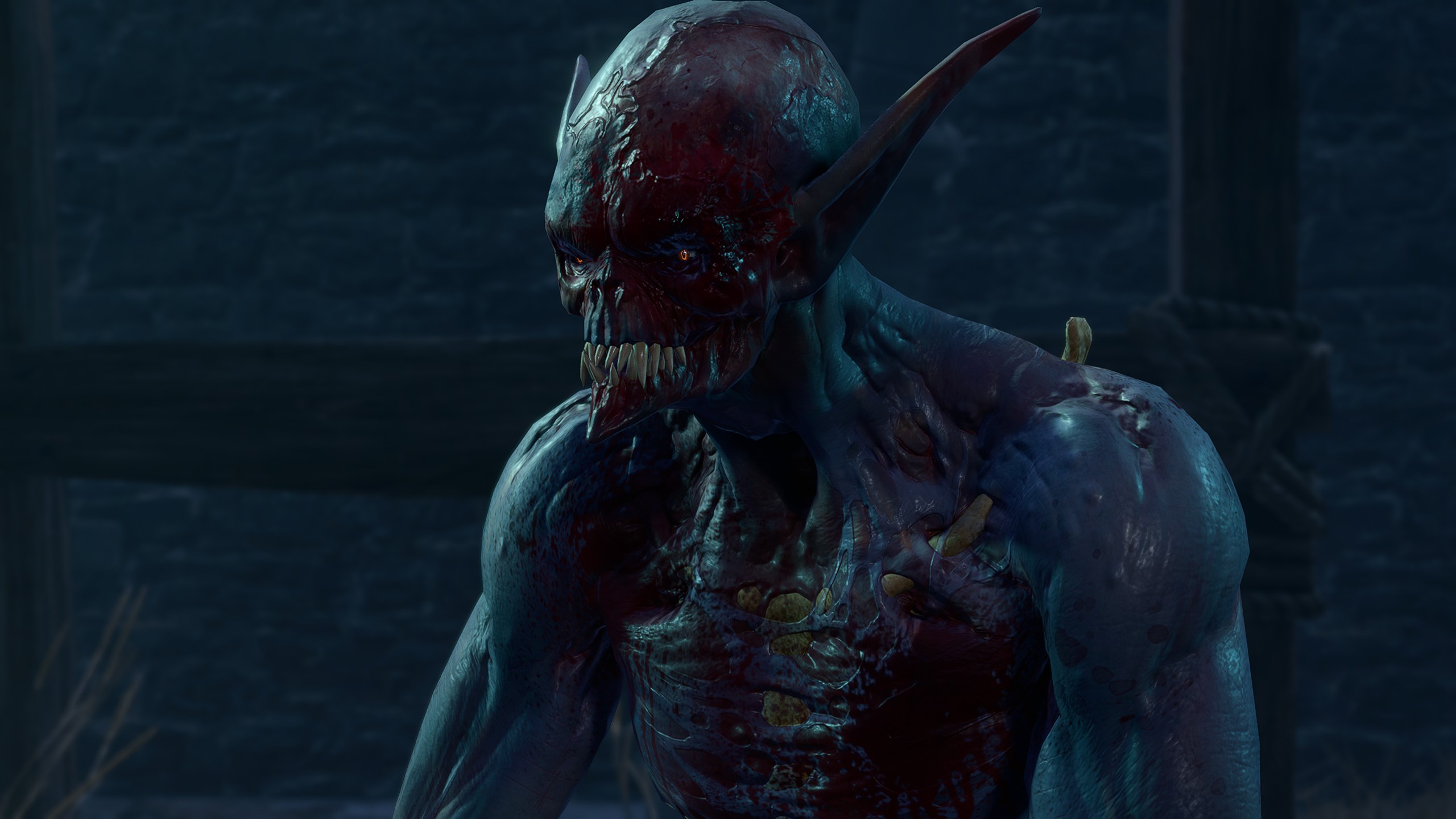
Ghouls hang-out graveyards and eat corpses in Arabic myths, and their cannibalistic D&D incarnation owes a debt to the H. P. Lovecraft quick story Pickman’s Mannequin as properly. Their capacity to paralyze their prey does not come from both of these sources, nonetheless.
Within the proto-D&D wargame Chainmail, ghouls got the identical stats as wights, which had been an specific carry of the barrow-wight who magically freezes the hobbits in The Lord of the Rings earlier than they’re rescued by Tom Bombadil. Whereas wights misplaced this capacity as a part of D&D’s shift away from blatantly borrowing from The Lord of the Rings after a stern letter from the Tolkien property (a transfer that additionally noticed D&D rename hobbits to halflings, ents to treants, wargs to worgs, and balrogs to “sort VI demons” and later balors), ghouls saved the wight’s paralyzing assault.
The very fact elves are proof against ghoul paralysis appears to return from Tolkien as properly, the place Legolas is the one member of the Fellowship unaffected by the Paths of the Lifeless as a result of elves, being borderline immortal, aren’t fairly as bothered by ravening spirits from past the grave.
Githyanki
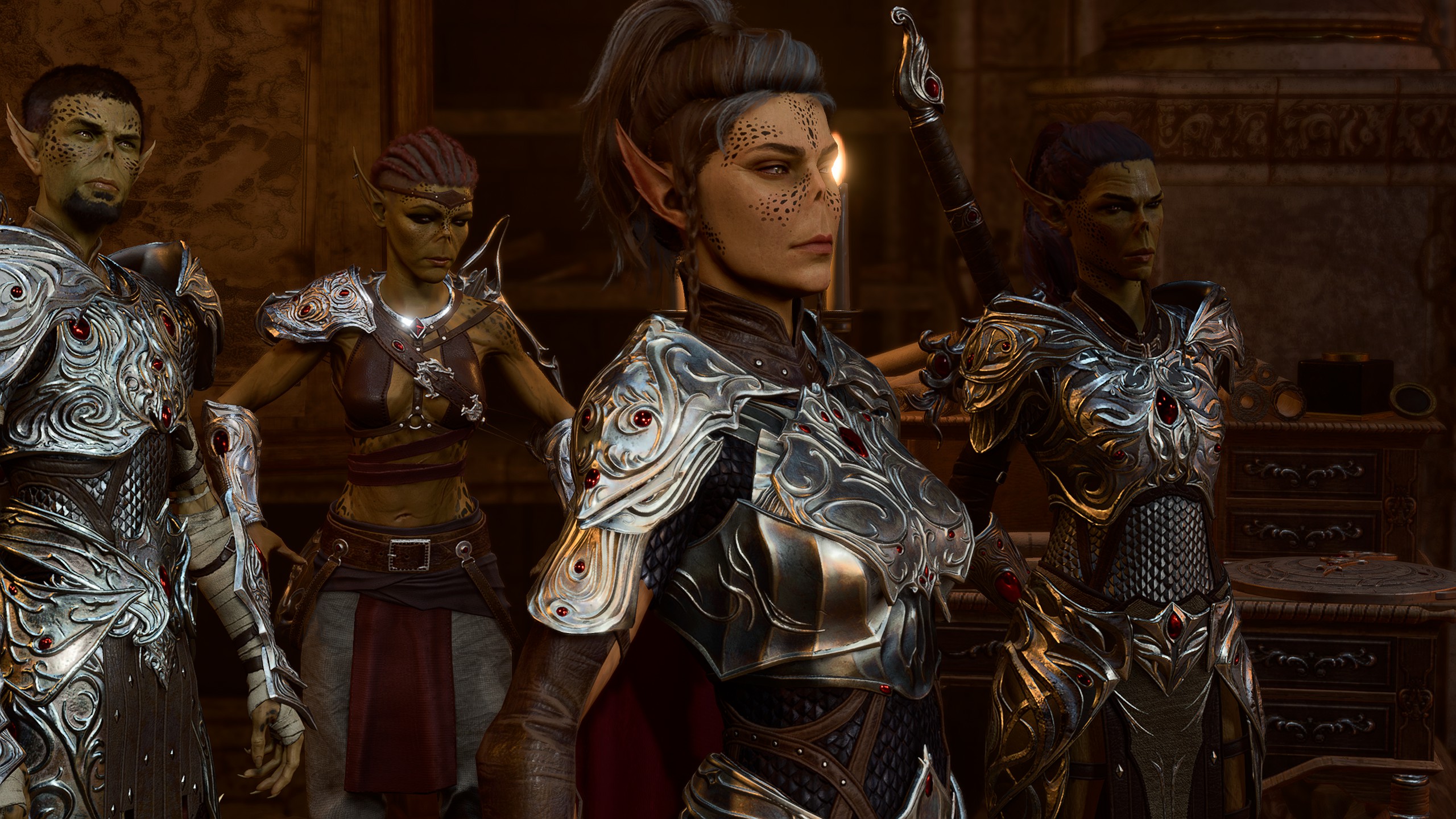
The early problems with Video games Workshop’s White Dwarf journal included a column known as Fiend Manufacturing facility that printed new monsters for D&D, some contributed by readers, lots of which had been collected and expanded in an official ebook known as the Fiend Folio. The githyanki had been one such race, having been submitted to White Dwarf by a younger Charles Stross, who would later go on to be a science-fiction writer of some word.
Stross took the identify githyanki from Dying of the Gentle, George R. R. Martin’s first novel, although the main points had been both his personal invention or borrowed from one other sci-fi novelist. As he mentioned in an interview, the thought of individuals with psionic powers who had been at battle with their former slavemasters most likely got here to him from Larry Niven’s World of Ptavvs, including, “I believe whoever got here up with the Illithids had been studying Larry Niven, too.”
White Dwarf’s Fiend Manufacturing facility column was the supply of two different D&D icons that seem in Baldur’s Gate 3, the hook horrors and loss of life knights, the latter of which had been one other Charles Stross contribution.
Gnoll
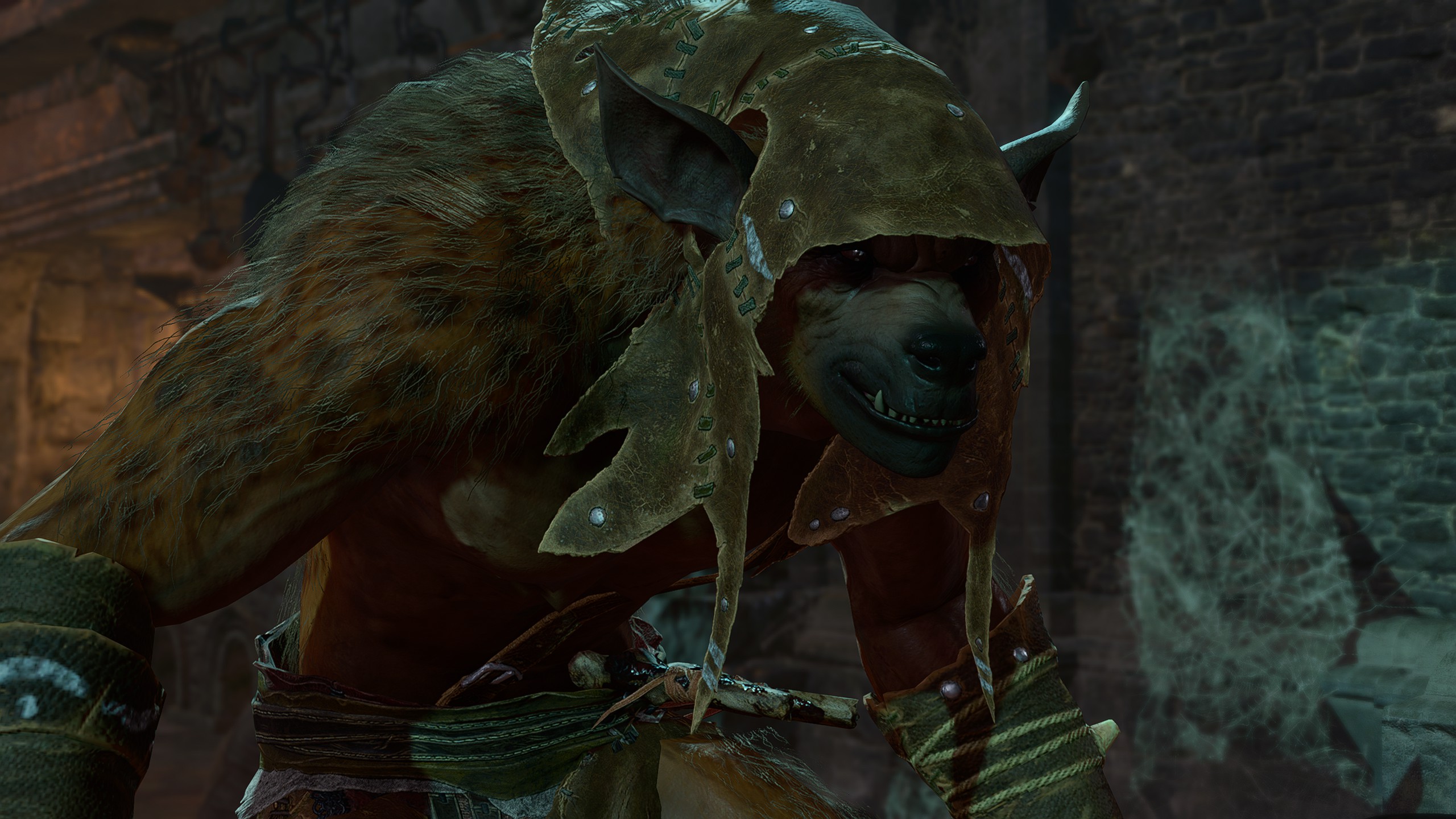
Fantasy writer Lord Dunsany’s quick story assortment The Guide of Wonders launched the “gnoles”, although just like the githyanki D&D merely took the identify and not one of the admittedly sparse particulars. Initially, D&D’s model of gnolls had been described as a cross between gnomes and trolls—an unlikely state of affairs that did not final lengthy, they usually shortly grew to become the hyena-people we all know and loot right this moment.
Illithid
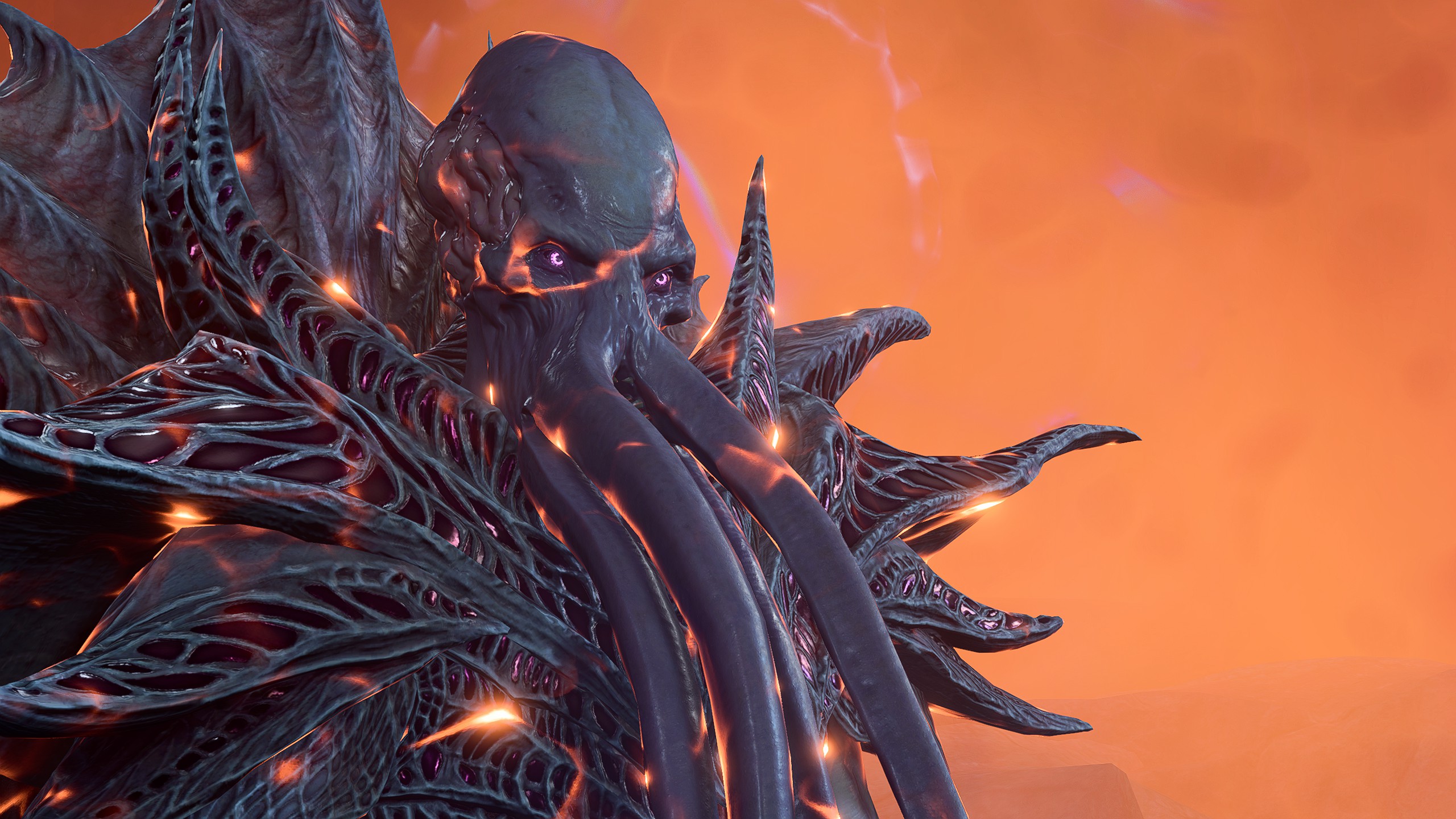
The squid-headed illithid clearly mirror one thing of the Cthulhu mythos, however we all know the supply of them much more particularly: The Burrowers Beneath by Brian Lumley. Specifically its cowl artwork, which contains a mass of ropy tentacles bursting out of the bottom. Seeing that image made Gary Gygax suppose, in his personal phrases, “Now what kind of nasty bastard is that?” The reply he got here up with was a species of brain-eating aliens that bedevil D&D gamers to this present day.
Lich
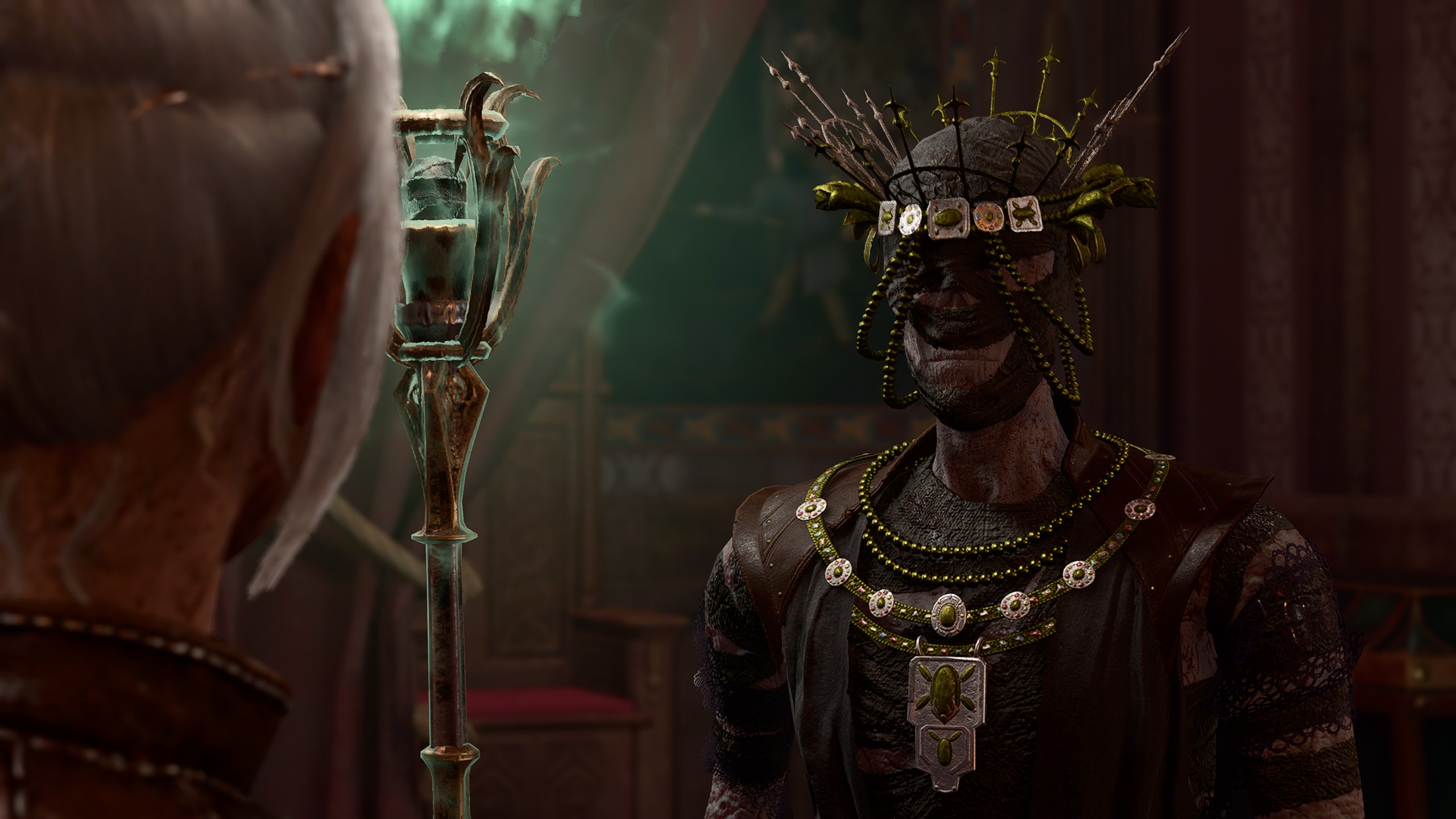
Lich is an old style phrase for corpse, and in that sense was a favourite synonym of fantasy writer Clark Ashton Smith, whose tales of necromancy and the undead had been a particular affect on D&D. The specifics of the lich as a wizard who considers loss of life to be non-obligatory come from Gardner F. Fox’s tales of Kothar the Barbarian, as does their capacity to paralyze.
One other supply was most likely answerable for the thought of liches storing their souls in objects for safekeeping, and that is the Russian legend of Koschei the Deathless. Koschei maintained his immortality by hiding his soul inside an egg, which he hid inside a duck, which he hid inside a hare, which he hid inside a chest, which he hid on a distant island—a sort of magical turducken that allowed him to return from the grave so long as it was saved secure.
Mimic
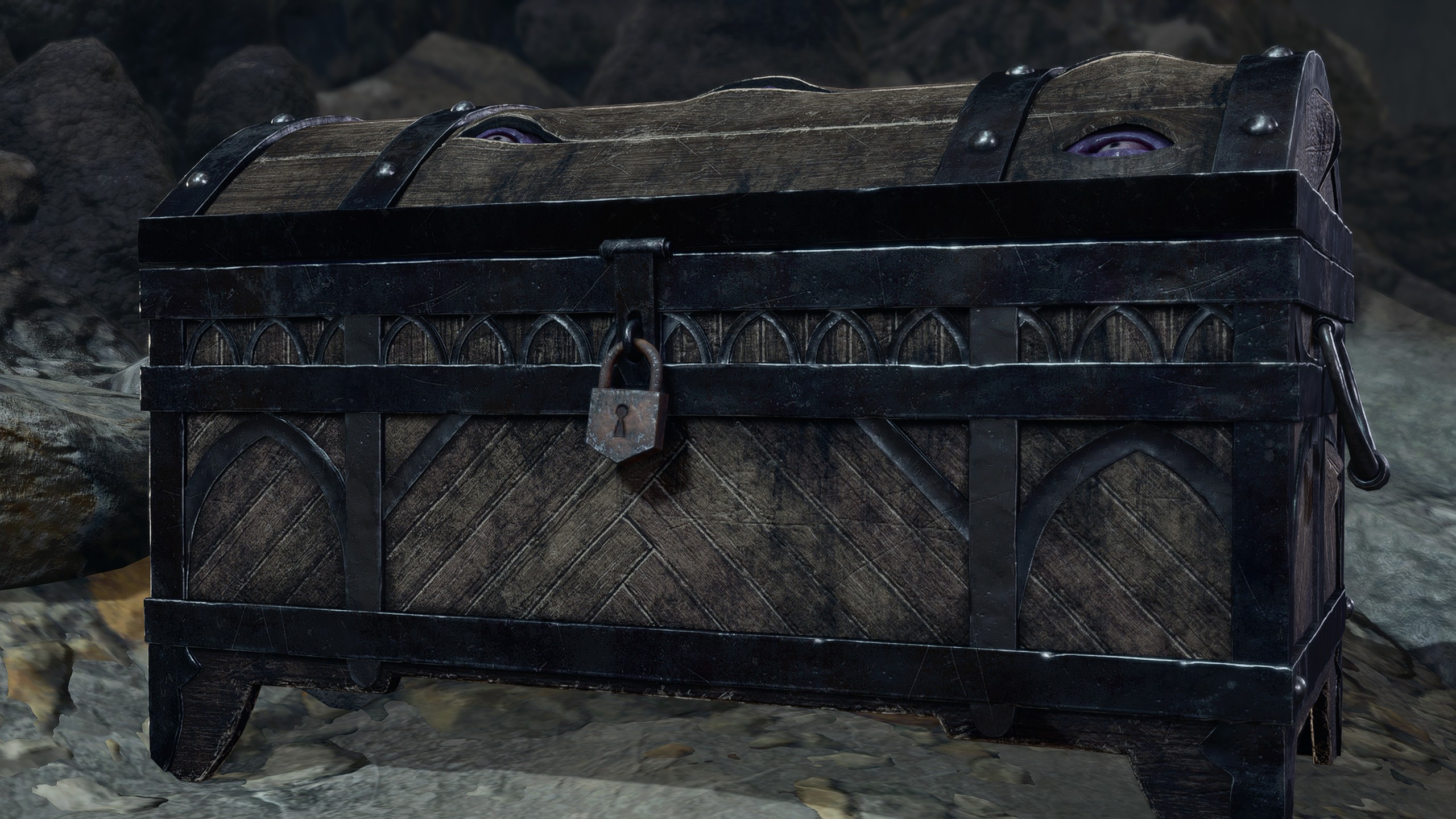
When Gary Gygax was requested to clarify the inspiration for this rubbery shapeshifter, he mentioned, “Plastic Man from the comedian ebook of that identify was the mimic.” The shapeshifting superhero, who did spend a good period of time disguising himself as furnishings for amusing, led to D&D’s mimic and that, in appropriately altered type, influenced the Baggage in Terry Pratchett’s Discworld novels (Pratchett was a D&D participant himself) in addition to the numerous mimic varieties in videogames like Darkish Souls, Terraria, Enter the Gungeon, and Torchlight.
We have beforehand traced this lineage within the murderous historical past of mimics, which incorporates feedback from Ed Greenwood—writer of the influential Ecology of the Mimic, in addition to creator of the Forgotten Realms.
Myconid
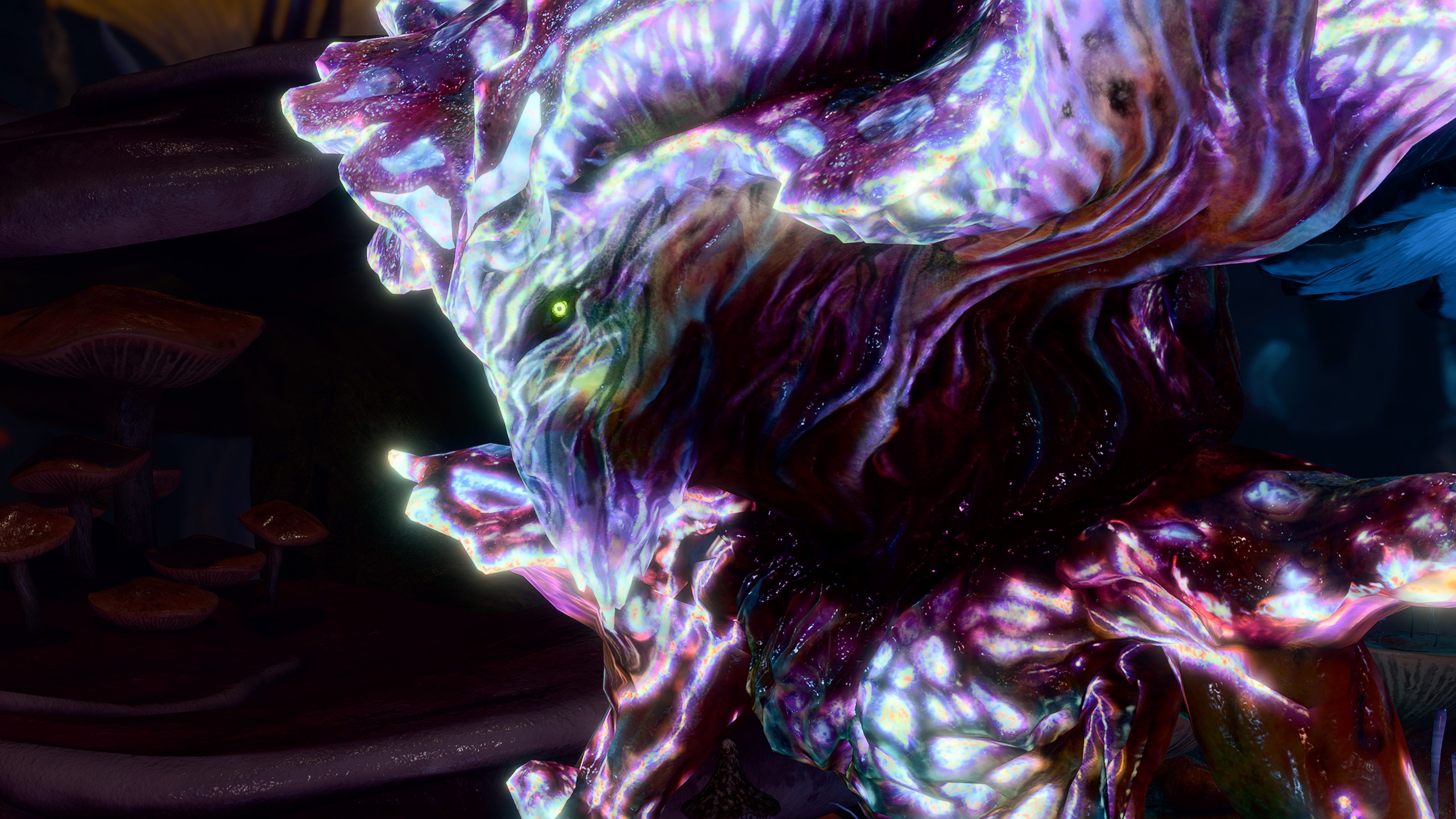
These fungal folks come from a 1963 Japanese horror film known as Matango, also referred to as Assault of the Mushroom Individuals or Fungus of Terror, which was loosely primarily based on a William Hope Hodgson quick story. Ishirō Honda’s film, during which a band of ravenous castaways are trapped on an island the place it is forbidden to eat the mushrooms, was doing creepy fungus-people many years earlier than The Final of Us.
Owlbear
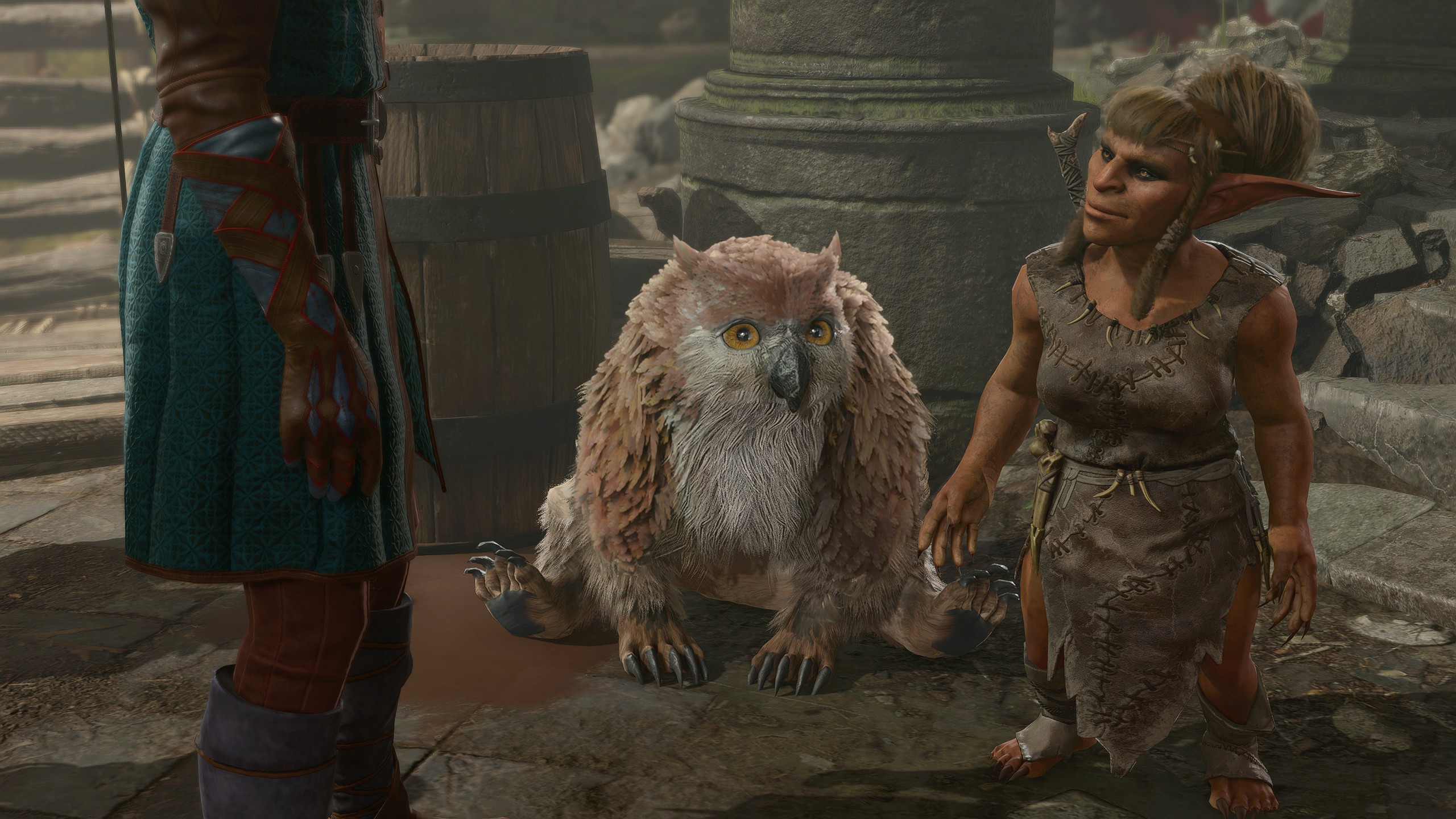
One other beast borrowed from the packet of plastic prehistorics purchased by Gary Gygax, the owlbear started its life as a counterfeit kaiju similar to the bulette. On this case, it appears to have been modeled on Zaragas, although the design maybe took some turns alongside the best way.
Whereas the toy model appears to be like prefer it has a beak, you must actually squint to see a lot of an owl in it, or truthfully a lot of a bear both. And whereas D&D’s early owlbear art work was fairly clearly copied from the toy, the identify gave later artists extra to work with and owlbears developed to resemble a cross between their ursine and avian namesakes as a substitute. Which is sweet, as a result of it makes their cubs a lot cuter.
Sahuagin
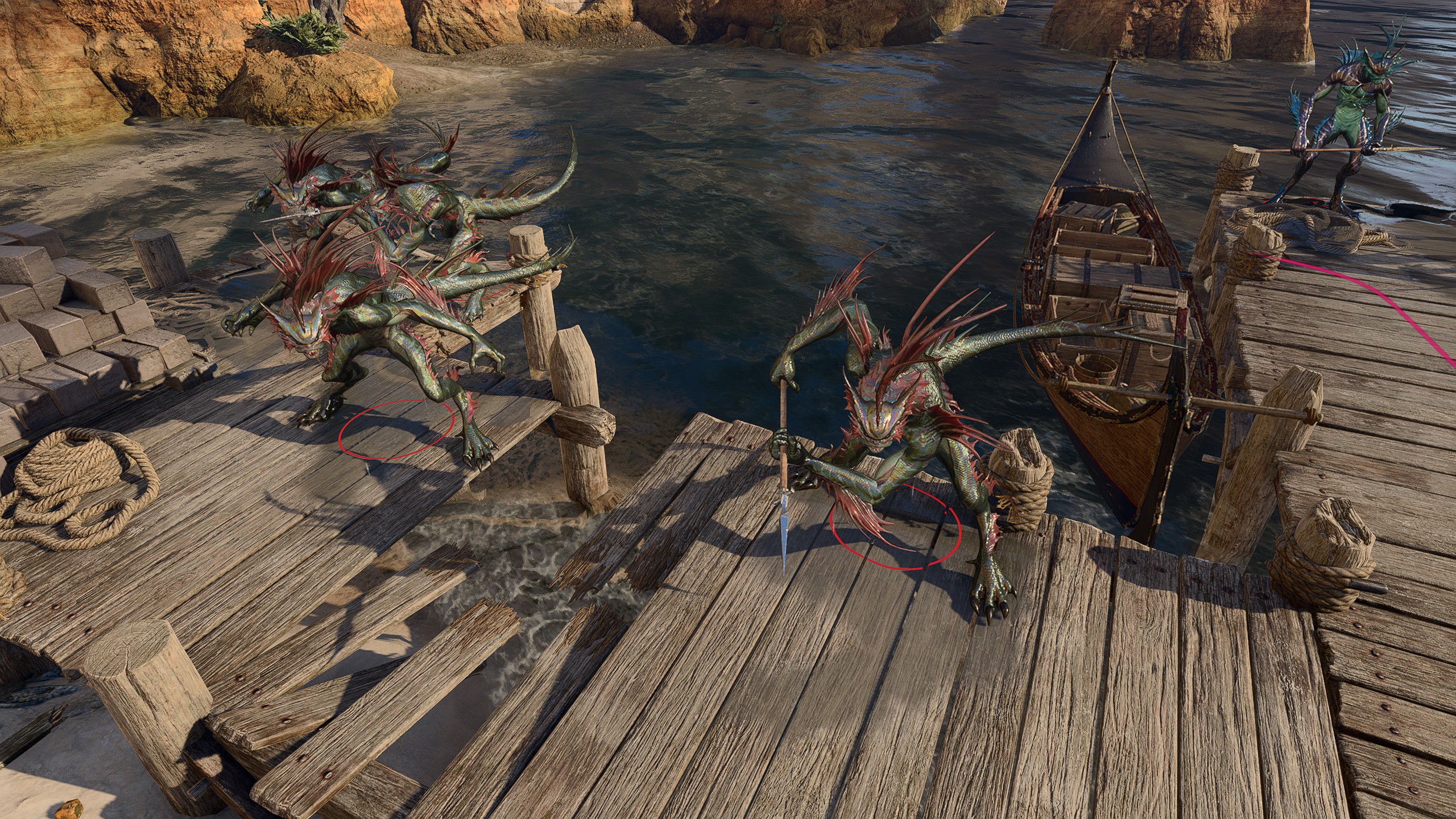
There is a flood of fish-folk in D&D, with mermaids and tritons coming from mythology whereas the kuo-toa borrow from H. P. Lovecraft. The sahuagin—scaly, sharky guys who favor tridents—had been created by Steve Marsh, who mentioned, “An previous Justice League of America animated present and my very own creativeness supplied the idea,” in a discussion board Q&A. He was most likely referring to an episode of the Superman/Aquaman Hour of Journey from 1967, during which Aquaman fought the Rampaging Reptile-Males.
As for the identify, it got here from Bernardino de Sahagún, a Franciscan missionary known as “the primary anthropologist,” who Marsh had seen referenced on the again of a Mormon pamphlet. The sahuagin had been additionally impressed by the Ultimate Fantasy video games, the place they’re known as sahagin, or within the all-caps limited-space of the NES, the SAHAG.
Tiefling
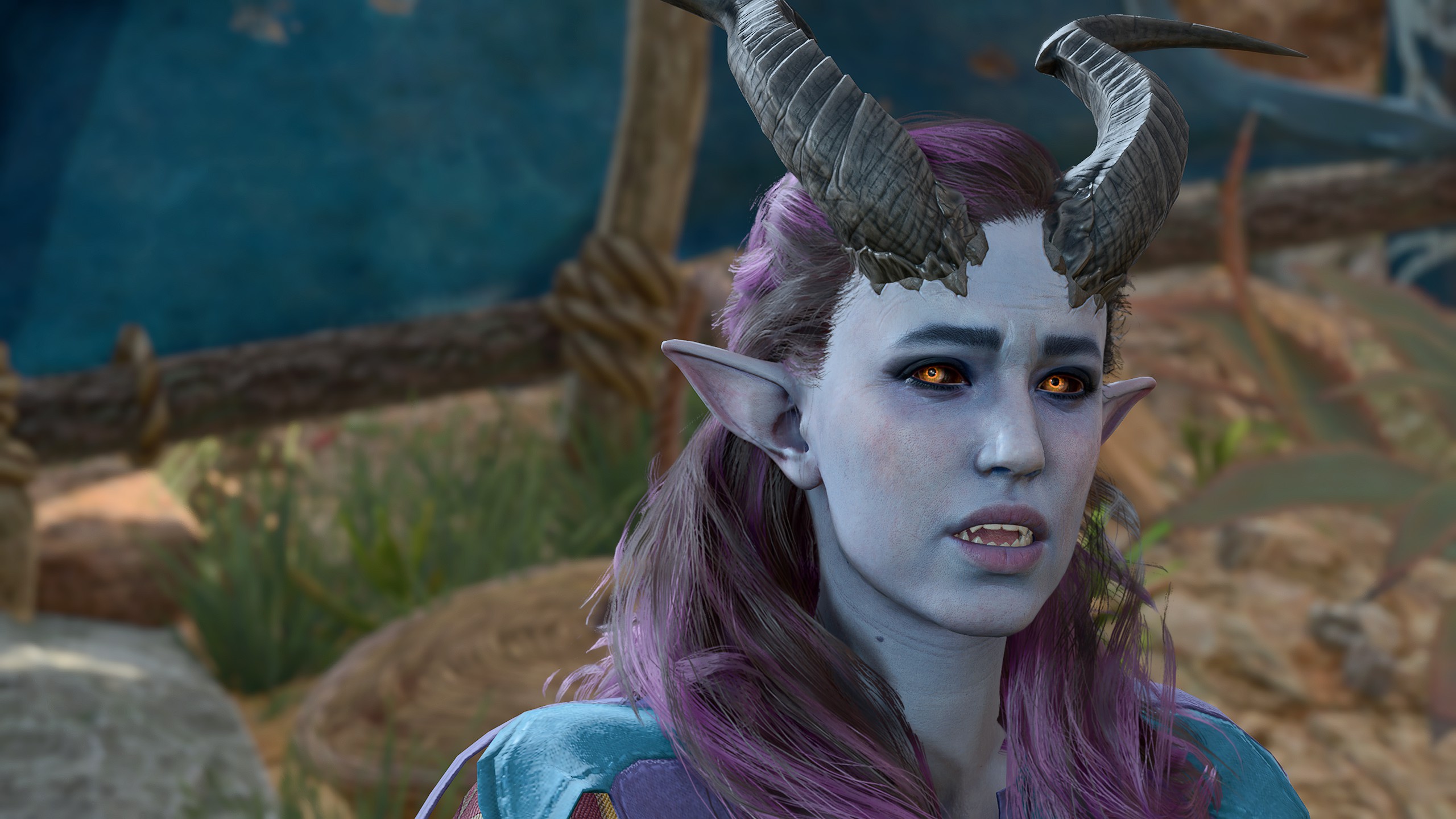
Whereas heroes with horns and different fiendish touches go approach again in D&D (try the primary inside illustration from 1981’s Professional Set for one), tieflings had been written up and given guidelines within the Planescape setting by David ‘Zeb’ Cook dinner. Wolfgang Baur got here up with the identify, primarily based on the German phrase “tief”, which suggests deep, suggesting “a creature from the depths.”
They had been meant to be rather less blatantly fiendish than cambions, and had been extra numerous of their designs at first, although later editions codified them into the comparatively customary mixture of horns, brightly coloured pores and skin, and mistrusted outsider standing they keep because the band of unfortunate refugees we rescue repeatedly in Baldur’s Gate 3.
Tressym
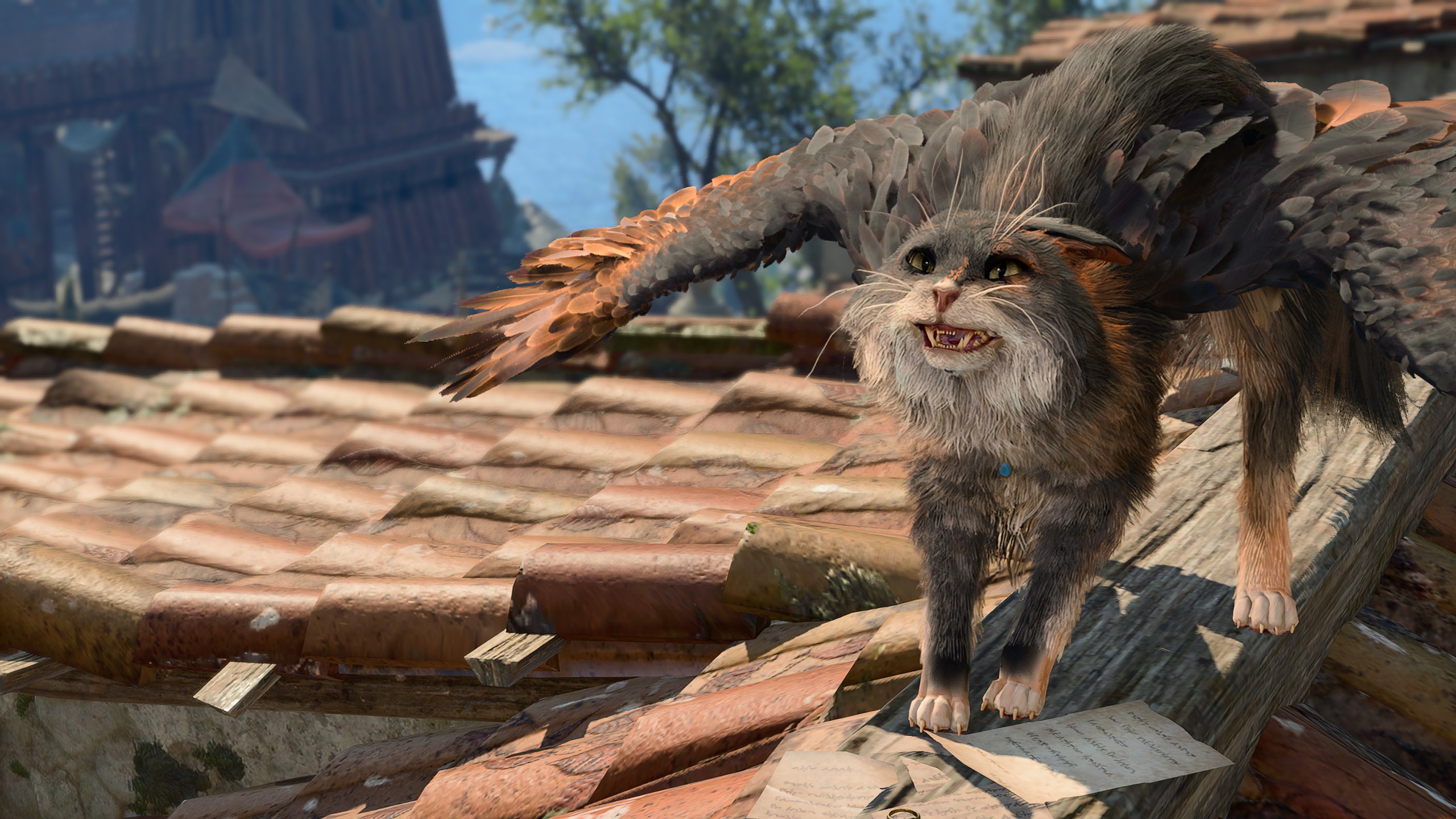
Apparently the matted hair of domesticated cats can typically resemble wings, or no less than individuals used to suppose it did, maybe as a result of they did not have social media accounts full of individuals determined to inform them they had been flawed about every little thing again then. Tales about flying home cats are surprisingly widespread, although in the event that they existed certainly pigeons would have been pushed to close extinction by now.
In Henry David Thoreau’s memoir Walden he writes about one such “winged cat” who lived in a Lincoln farm-house: “within the winter the fur grew thick and flattened out alongside her sides, forming strips ten or twelve inches lengthy by two and a half vast, and underneath her chin like a muff, the higher aspect unfastened, the underneath matted like felt, and within the spring these appendages dropped off. They gave me a pair of her ‘wings,’ which I preserve nonetheless. There isn’t any look of a membrane about them.”
Vampire Spawn
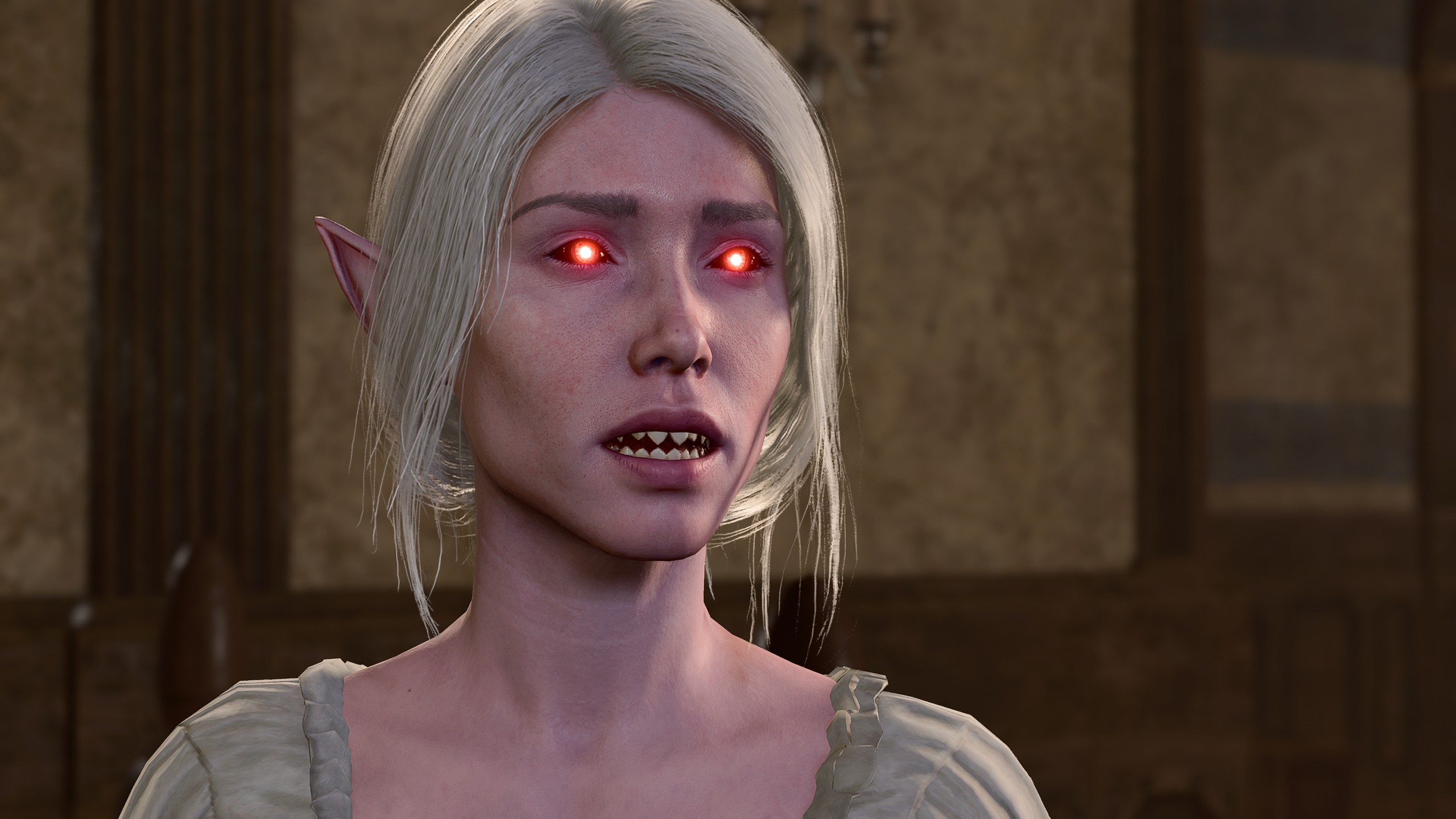
D&D co-creator Dave Arneson was a fan of Hammer horror films, and far of the RPG’s vampire lore comes from Christopher Lee’s portrayal of Dracula, together with the best way that these he unfold his curse to would fall underneath his thrall. Arneson ran a marketing campaign set in his world of Blackmoor that includes two teams of gamers, one heroes and one villains, and when one of many villains grew to become a vampire often called “Rely Fang” it was explicitly the Hammer Dracula he drew from. The hero staff wanted a counter to this highly effective vampire, and so Arneson got here up with a category primarily based on Van Helsing and the assorted vampire-hunting monks and professors who saved the day in Hammer films, which ultimately noticed print because the cleric.
Whereas the thought of clerics as mace-wielding holy warriors got here from Bishop Odo of Bayeux, the cleric’s capacity to show undead—which initially required a crucifix reasonably than a non-specific holy image—was a direct copy of the best way Peter Cushing may repel Christopher Lee and his spawn with something vaguely cross-shaped within the films.
[ad_2]
Source link

